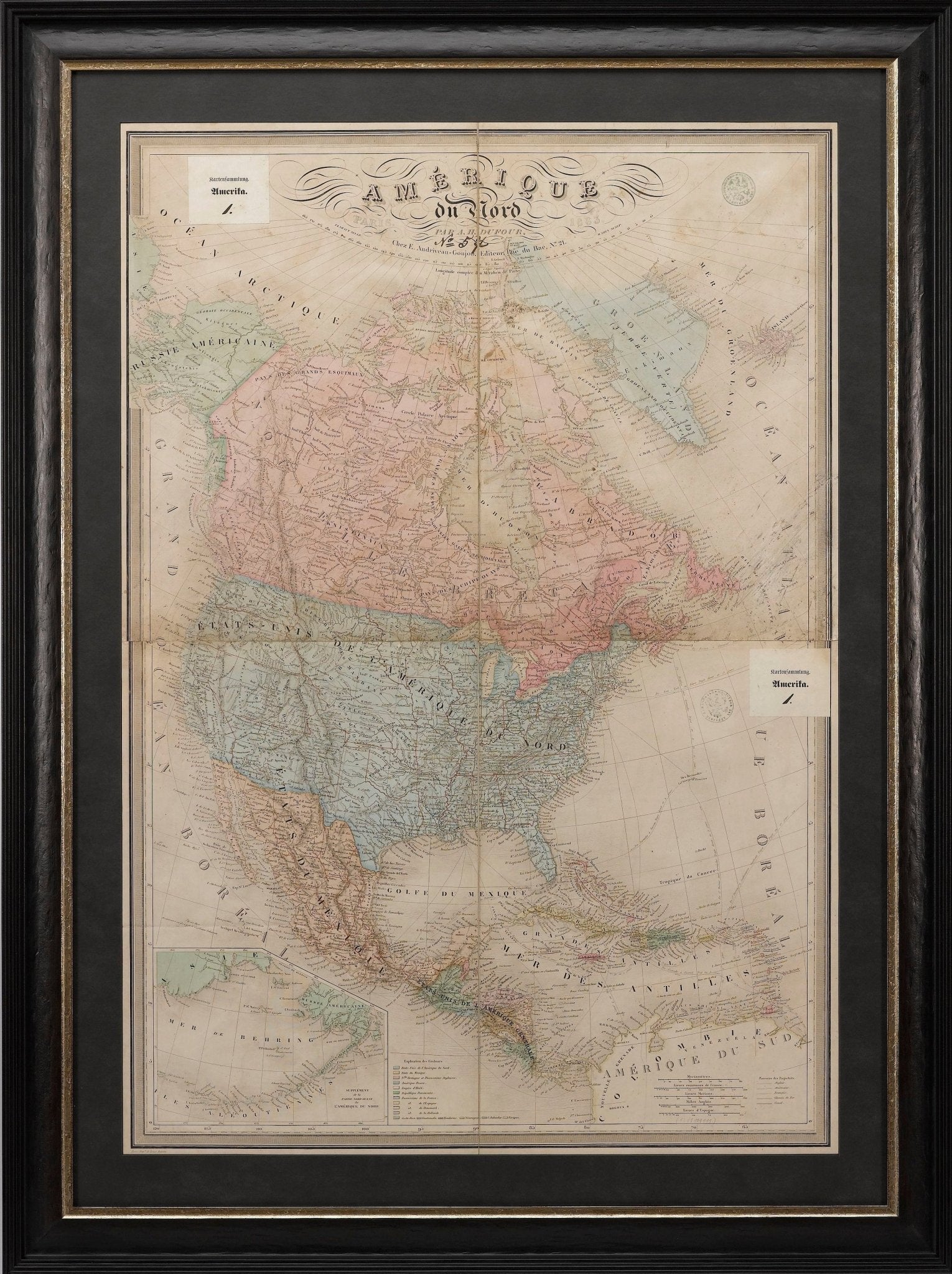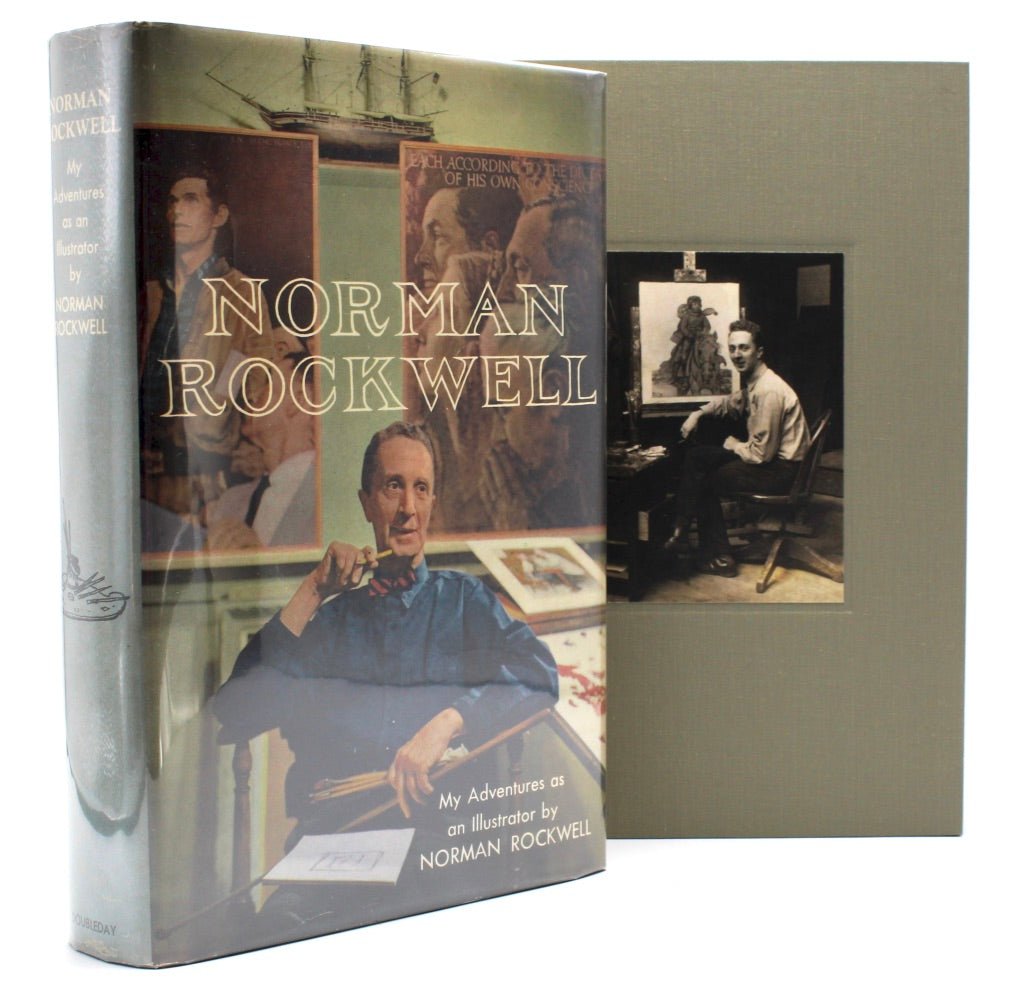Sharing America with the Masses
Early America was a land of vast, breathtaking wilderness. American art of the late 18th to early 19th centuries shifted from genre and religious paintings to landscape paintings, as artists took inspiration from the unspoiled nature surrounding them. These large landscape paintings, specifically brought about by the Hudson River School in the 19th century, served as both a romanticized view of the new nation as well as encouragement to expand westward. These large paintings were transported across the country for shows, displaying the breathtaking scenes of the country to a wide audience.
As new territories were added to the Union in the early 19th century, such artistic depictions gave the American population a look at what was yet to be claimed in the west. The wood and steel engravings shown in works such as Picturesque America, or The Land We Lived In, had a profound influence on the growth of tourism and the historic preservation movement in the United States.
The images of Picturesque America depict diverse scenes captured from travels across the country, from the New York Catskills to pre-bridge Golden Gate Harbor. They were engraved after original art by famous 19th century painters such as Thomas Moran, R. Swain Gifford, and Harry Fenn. Picturesque America allowed many Americans to see, for the first time, what they had only abstractly imagined as their country. With detailed prints and intriguing articles, Picturesque America exposed readers to parts of America that were just being explored, as well as more familiar scenes of established cities. It also presented a unified, expanding, and prosperous country, moving on after the strife of the Civil War.
Picturesque Washington accomplished a similar goal, just on a smaller scale. The work’s many essays, together with its numerous wood engravings and maps, offer a historical snapshot of the nation’s capital in the 1880s after a period of immense population and architectural growth. It served as both travelogue and travel guide to visitors to Washington and locals looking to explore more of their city.
19th century maps also showed the expanding American landscape, oftentimes including engaging and enticing imagery that encouraged Manifest Destiny. This hand-colored map depicts the recent acquisition of Upper California, New Mexico, and Texas at the conclusion of the Mexican-American War, with the newly acquired land colored in stark contrast to the rest of the country.









